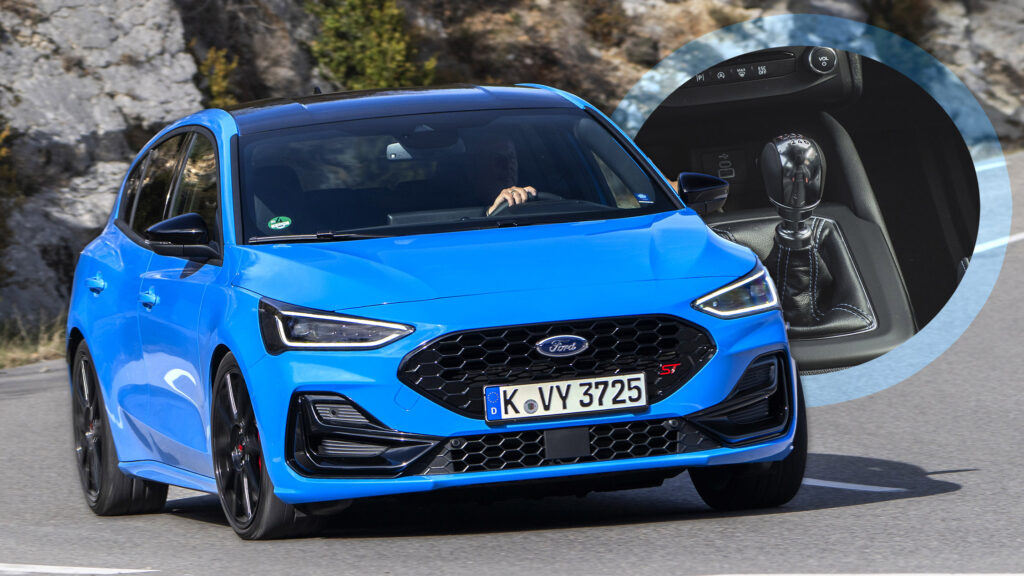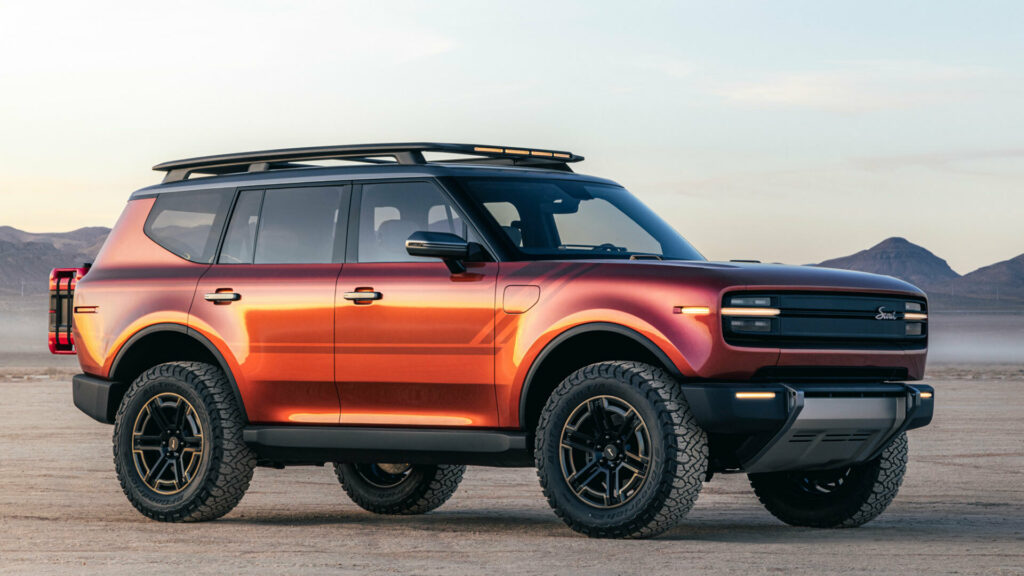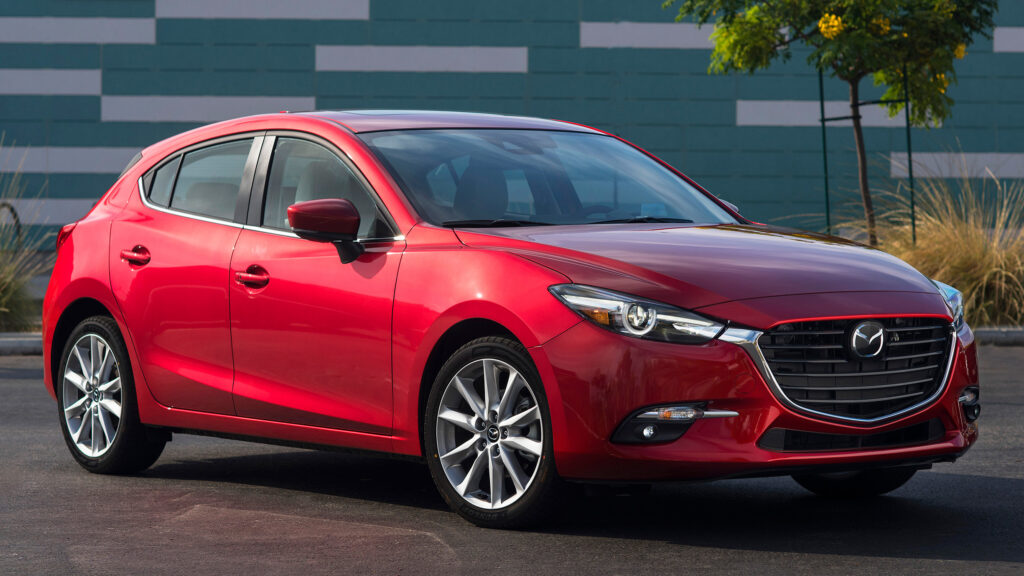Stellantis’ New Weapon In Europe Is A Small Chinese Electric SUV
- Leapmotor revealed first photos of the A10 small fully electric SUV.
- The A10 debuts at the Guangzhou Auto Show later this month.
- Europe will also get the A10, joined by a related small hatchback.
Leapmotor continues to expand its model lineup, this time setting its sights on one of the most competitive corners of the market: small SUVs. The new A10 slots below the larger B10 and will be accompanied by a closely related small hatchback, likely to wear the A05 badge.
The company has shared the first official photos of the new model ahead of its world premiere at the Guangzhou Auto Show on November 21.
More: Stellantis Wants To Rebrand Chinese EVs For Europe
The A10’s bodywork reflects the smooth surfacing and rounded contours seen across Leapmotor’s lineup, complemented by a Citroen-like wraparound greenhouse, discreet plastic cladding, and LED lighting with darkened clusters.
Shown in Seaweed Green and Acorn Brown, the A10 sits on five double-spoke alloy wheels. While no dimensions have been shared yet, it’s expected to measure around 4,200 to 4,300 mm (165.4–169.3 inches) in length, which places it within the small SUVs segment.

A roof-mounted Lidar unit and visible sensors along the profile indicate that the model will include a full suite of advanced driver-assistance systems.
Cabin and Tech
The interior is expected to follow Leapmotor’s familiar minimalist approach, pairing a large infotainment screen with a clean dashboard and seating for five. Its electric platform should offer efficient use of space, and Leapmotor has teased the A10 as a “smart, premium, long-range SUV.”
More: Stellantis’ Leapmotor Found An Unlikely Ally In Germany’s Tuning Scene
While technical details remain undisclosed, it’s likely to use a single electric motor and deliver a range competitive with other small EVs in its class.
The A10 and the related A05 supermini, scheduled for 2026, are both planned for European release, joining the T03, B05, B10, and C10 already offered there. In China, Leapmotor’s lineup is broader, spanning the B01 and C01 sedans along with the C11, C16, and D19 SUVs.
Who It’s Up Against

At home, the A10 will go head-to-head with the BYD Yuan Up (also known as the Atto 2), priced between ¥96,800 and ¥119,800 (equivalent to about $13,600–$16,900 at current exchange rates).
In Europe, it will enter a crowded field of compact electric crossovers including the Citroen e-C3 Aircross, Opel Frontera Electric, Renault 4 E-Tech, Kia EV3, Peugeot E-2008, Fiat 600e, Jeep Avenger, Alfa Romeo Junior, Ford Puma Gen-E, and the forthcoming VW ID.Cross and Skoda Epiq.
Between January and September 2025, Leapmotor delivered 395,516 vehicles globally, a 129% increase year-on-year that pushed its cumulative sales past the one-million mark. October extended its winning streak to a sixth consecutive month of record-breaking results, with 70,289 units sold.























